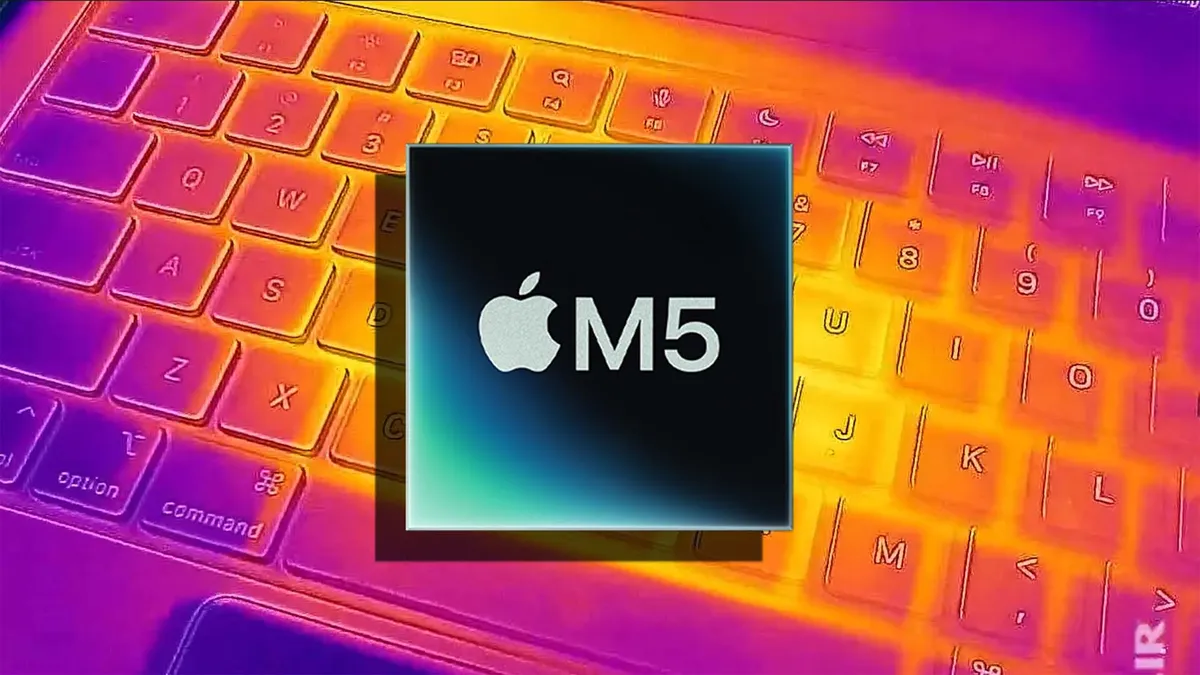
Apple's transition to its in-house chipsets marks a significant evolution in its hardware strategy. The introduction of the M5 MacBook Pro showcases the company's commitment to optimizing performance and thermal efficiency. Unlike previous models that relied on Intel processors, which often experienced overheating issues at the home screen, the M5 presents a more stable thermal profile. However, it is essential to note that Apple is still making some compromises in its cooling solutions.
Recent benchmarking tests have revealed intriguing insights into the thermal management of the M5 MacBook Pro. When subjected to rigorous tasks, the new System on Chip (SoC) can reach temperatures as high as 99 degrees Celsius. In comparison, the previous generation, the M4 MacBook Pro, consistently exceeds the 100 degrees Celsius mark. This indicates that while Apple has made strides in thermal efficiency, there is still room for improvement, especially considering both models share the same cooler design.
In an extensive video comparison by the popular YouTube channel Max Tech, both the 14-inch M5 MacBook Pro and 14-inch M4 MacBook Pro were tested against each other. While the upcoming M5 Pro and M5 Max models are expected to feature a dual-fan cooling solution, the base versions continue to rely on a single fan and a single heat pipe for heat transfer. This simplistic cooling design has proven to be inadequate under heavy loads, as highlighted during the Cinebench 2024 tests.
During the Cinebench 2024 multi-core test, the cooling solutions of both MacBook models were put to the test. The results were as follows:
M4 MacBook Pro: Core average: 100.9 degrees Celsius Core max: 114 degrees Celsius Core minimum: 94 degrees Celsius Package power: 18.4W M5 MacBook Pro: Core average: 98.95 degrees Celsius Core max: 99 degrees Celsius Core minimum: 99 degrees Celsius Package power: 21.81WDespite the M5 drawing slightly more power, it demonstrates improved thermal management compared to the M4. This brings us to two potential explanations: Apple may have optimized the fan's performance to respond more vigorously to rising temperatures, or the company could have implemented a higher-quality thermal paste, such as PTM7950, known for its superior heat dissipation properties.
The M5 MacBook Pro has also shown remarkable performance in gaming scenarios, particularly when running demanding titles like Cyberpunk 2077 with ray tracing enabled. This performance indicates that the Apple Silicon is capable of handling intensive workloads without significant thermal throttling, a common issue in high-performance laptops.
If you're an owner of the 14-inch M4 MacBook Pro and are not ready to upgrade to the M5 model, there are still options available to improve your device's thermal performance. One cost-effective solution is to invest in PTM7950 thermal pads, which can be purchased for approximately $35.99. These pads can be reused multiple times for thermal applications, but it is crucial to have the necessary skills to disassemble and reassemble your MacBook Pro safely.
In summary, while the M5 MacBook Pro offers significant improvements over its predecessor, the M4 MacBook Pro, there are still challenges to address in terms of cooling efficiency. As Apple continues to innovate with its chipsets, users can expect continued enhancements in thermal management and overall performance.